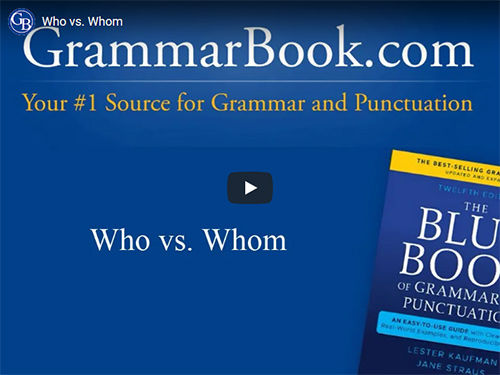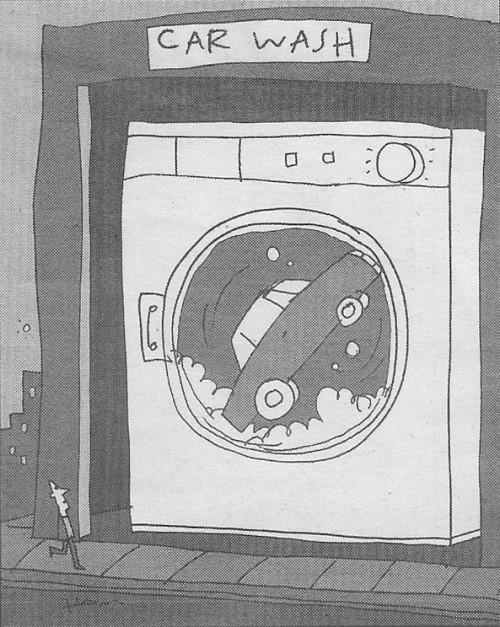|
Writing reflects music in that it offers its own types of accents for a composition's structure and sound. They are not central features but rather grace notes that can add melody, rhythm, and voice to our sentences.
One such grace note in writing is alliteration: the repetition of two or more neighboring sounds of words, often initial letters, to create a phonetic device.
Examples
simple story
calming cat
happy household |
Alliteration can also occur in noninitial stressed syllables:
appear and support
attack and retreat
accept and excel |
Writers often use alliteration to add beauty and sound or emphasize certain feelings, phrases, or thoughts. Because it is pleasing to the ear, alliteration is common in songs, stories, speeches, and poetry:
"Whisper words of wisdom, let it be" ("Let It Be," The Beatles)
"Not in a train! Not in a tree! Not in a car, Sam! Let me be!" (Green Eggs and Ham, Dr. Seuss; "tree" and "be" are also alliterative here.)
"But we refuse to believe that the bank of justice is bankrupt." ("I Have a Dream," Martin Luther King Jr.) |
English idioms often include alliteration as well:
| bated breath |
labor of love |
| cookie-cutter |
mind over matter |
| dead as a doornail |
sorry sight |
Consider also how alliteration factors into brand and business names and marketing slogans to help make them more memorable:
| Brand |
Business |
Slogan |
| Coca-Cola |
American Airlines |
Melts in your mouth, not in your hands (M&Ms) |
| Kit Kat |
Bed Bath & Beyond |
The snack that smiles back (Pepperidge Farm Goldfish) |
| Range Rover |
PayPal |
What's in your wallet? (Capital One) |
Alliteration is likewise common for adding swagger and strength to names of superheroes and villains:
| Bruce Banner (The Hulk) |
Green Goblin |
| Clark Kent (Superman) |
Silver Surfer |
| The Fantastic Four |
Wonder Woman |
Then of course there are the alliterative names of classic cartoon characters such as Donald Duck, Mickey Mouse, Minnie Mouse, and Olive Oyl.
Alliteration: Useful Guidelines
The following principles will help reinforce your skill with alliteration in your writing.
1) Remember that alliteration is the repetition of sounds—not just letters. The repeating sounds occur either in the first letter of each word or in the stressed syllables of those words. The sounds can be consonants or vowels.
| Examples |
| Candy Queen Kendra |
applied rapport |
| Dave devours donuts |
American Airlines |
| fancy photo |
Emcee Eric |
2) Alliteration doesn't always require words to be right next to one another.
Examples
Peter picked a peck of pickled peppers.
Candy makes Kendra even more kind.
Have you seen a photo as fancy as that one? |
3) Alliteration can often fuse a concept or image with a reinforcing descriptive sound.
Examples
soothing socks (The "s" sounds are gentle and soft.)
warm wool (The "w" sounds complement the image and how it would feel.)
bass beat (We can already hear the thump through the speakers.) |
4) In both business writing and personal correspondence, alliteration can make us sound even more resolute and confident in how we express ourselves.
The plan we are proposing is thorough, clear, and cost-conscious.
I will return to practice when the rift has been resolved. |
Alliteration: Vital Restraint
Alliteration in writing is much like garlic in a dish. The right pinch can create great distinction; too much can ruin the creation.
Consider the following sentence:
| The wild, whipping winds stopped Wendy from wending her way through the willows. |
The image from the words may be vivid to some, but many of us may also become easily distracted by the flurry of "w" sounds. Writing such as this draws attention to itself and forces an audience to note style over substance. Other than in children's books, where it can be fitting, frequent alliteration will often chafe readers.
Our example sentence above can maintain its alliterative appeal with some scaling back:
| The raging winds stopped Wendy from navigating the willows. |
Using alliteration with craft and proper restraint makes alliteration a notable asset in our written precision and eloquence.
| 




